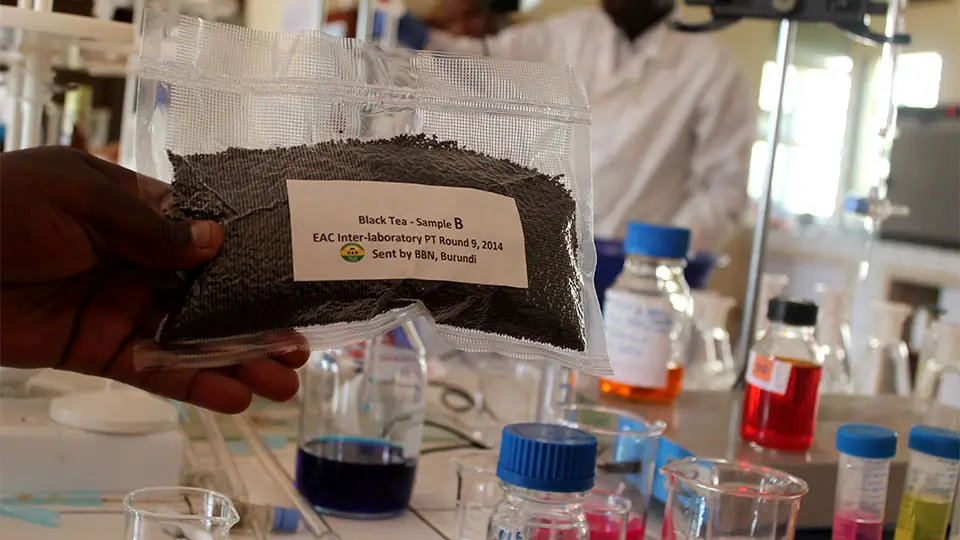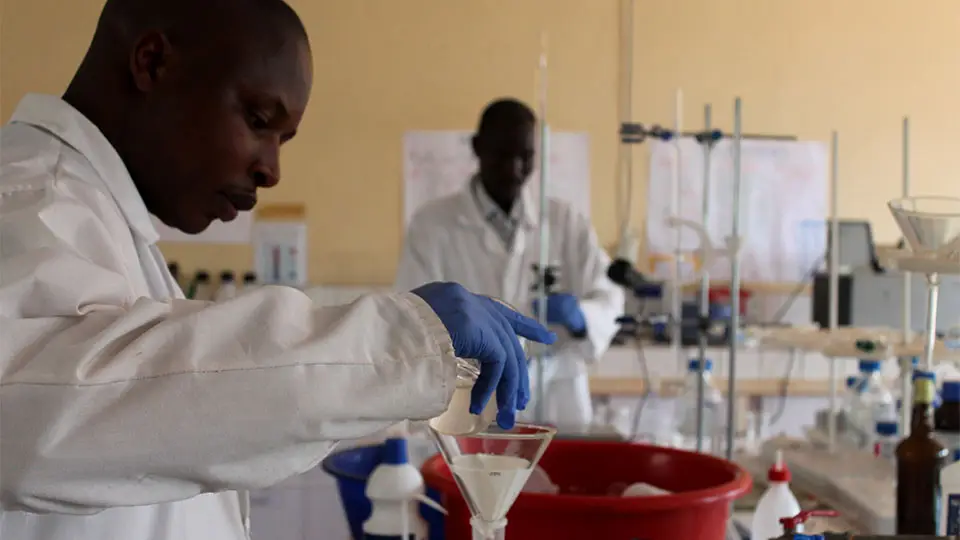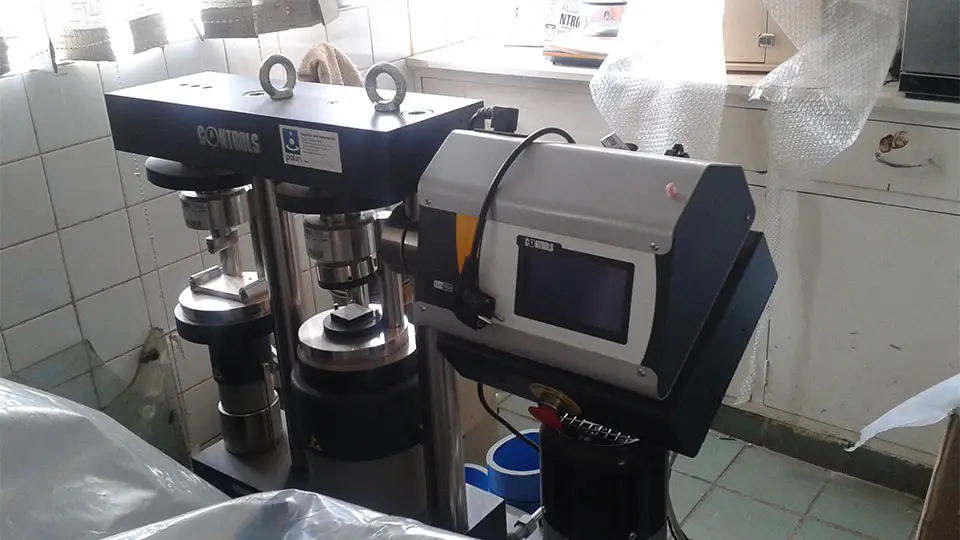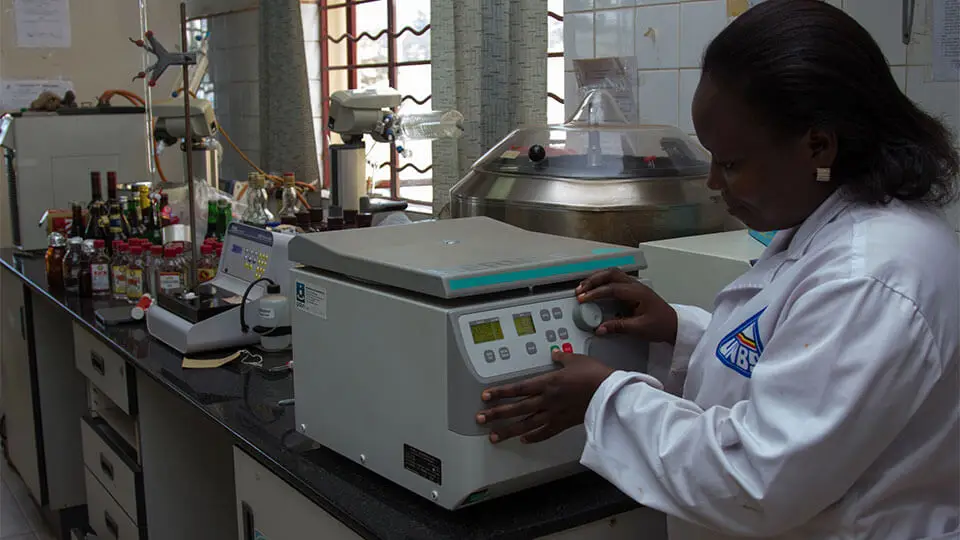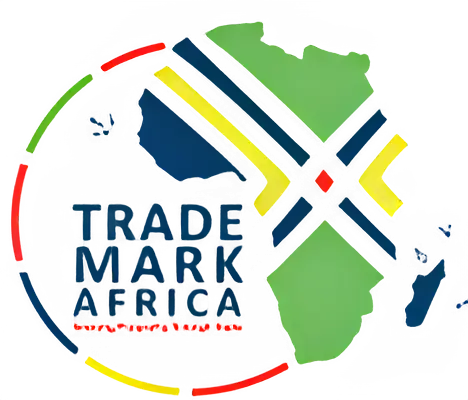Intended Impact At Project Conception
To improve National Bureau of Standards’ technical capacity to be efficient and effective in testing product samples in order to reduce the testing costs and ultimately improve export competitiveness across the region.
Findings
The notified product certification marks issued by the National Standards
Bodies (NSBs) has reducedtesting cost and the clearance time across the
region;
Impact
TMA supported 66% of harmonised East Africa Standards (EAS) which were at different levels of adoption by the EAC States. These harmonized standards were being used for inspection, auditing, testing and certification of products which contributed to the reduction in the time and cost that would be incurred as a result of complying with multiple standards.




Impact Per Country
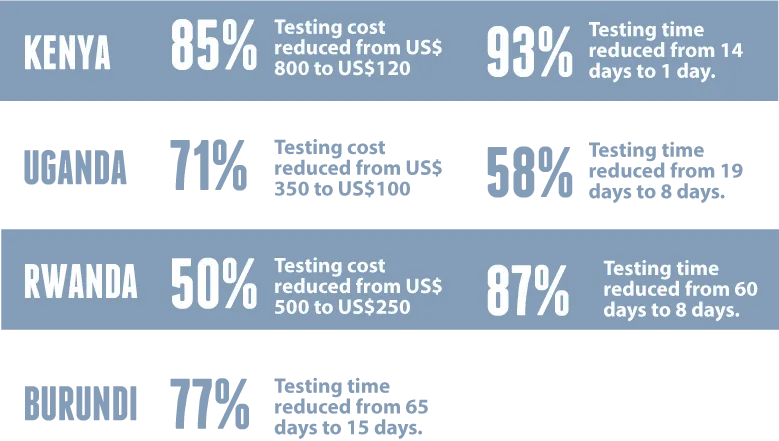
Lessons
1.
To sensitise and provide technical assistance to cross-border informal women traders in order to raise awareness on product standards and improve their products' quality in order to be competitive and access a wider market.
2.
To lobby EAC members of parliament to enact the EAC standards laws and approve the standards policy.
3.
To promote free movement of the most traded goods through priority certification.
Recommendations
1.
To provide information on conformity assessment activities, modern ICT platforms (e-portals) should be developed.
2.
To ensure effective product standards and testing procedures are harmonised, private sector participation and lobbying at both national and regional level should be adopted.
3.
To ensure standardisation decisions are documented, disseminated and enforced, policy interventions are a necessity.

